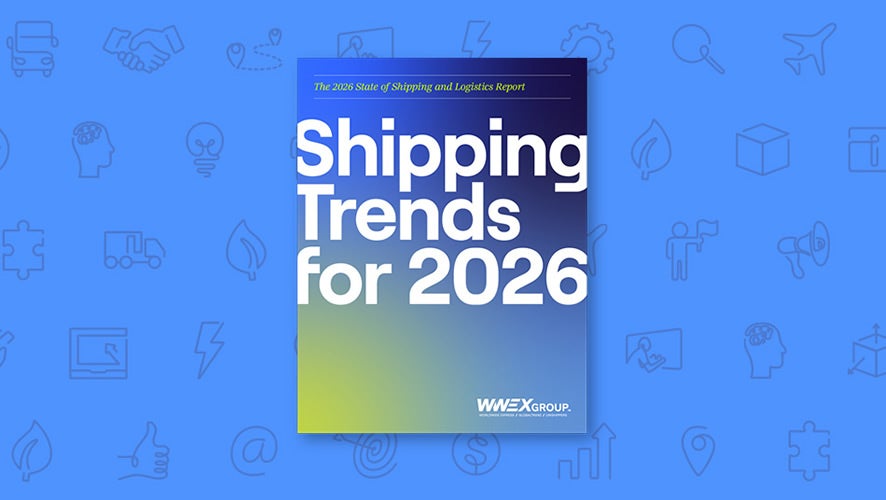Resources
FEATURED WHITEPAPER
The 2026 State of Shipping and Logistics Report
Whitepaper The 2026 State of Shipping and Logistics Report Download Report Executive Summary 13 Shipping Trends To Watch in 2026 Disruption is no longer an exception in shipping and logistics: it's the…
Search
BY TYPE
BY SERVICE
BY TOPIC

How To Avoid Blind Shipping Bill of Lading Pitfalls
Blind shipping works only when your blind BOLs are correct. Learn key mistakes to avoid and how a 3PL can help!

Worldwide Express 2026 Shipping & Logistics Report
Check out our 2026 Shipping Report, highlighting 13 trends impacting freight markets, technology, parcel and more.

Oversized package challenges? We can help!
Find the best way to ship oversized packages. Compare parcel, LTL & UPS options with Worldwide Express experts.

2025 Holiday Shipping and Peak Season Hub
Stay ahead of peak season shipping by understanding deadlines, surcharges and smart strategies for parcel & freight!

UPS vs FedEx vs USPS for oversize packages?
Compare FedEx, UPS and USPS to find the best way to ship oversized packages affordably and on time.

How AI in Logistics Is Reshaping Freight
Learn how AI is transforming freight shipping as Worldwide Express leverages technology to simplify supply chains.

Our Carrier Relationships Spell Success for You
Worldwide Express builds strong carrier partnerships that give you better rates, reliable service & lasting stability!
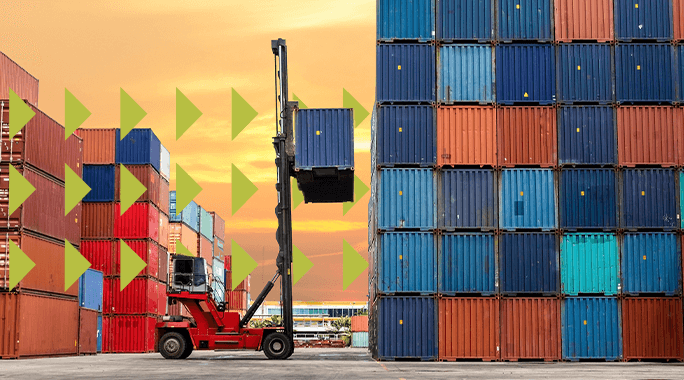
What is specialty freight? A shipper’s guide.
Learn about specialty freight shipping, the common shipper challenges and how expert 3PL services can help you!
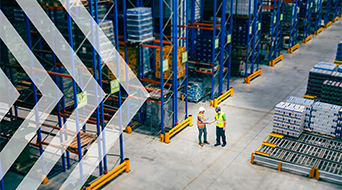
23 Questions To Ask 3PL Providers
Not all 3PLs are the same. That’s why it’s important to know which questions to ask them during the interview process.

Expedited Shipping Solutions for Business Shippers
Welcome to our library of comprehensive shipping resources focused on expedited parcel and freight shipping for small and mid-sized businesses.
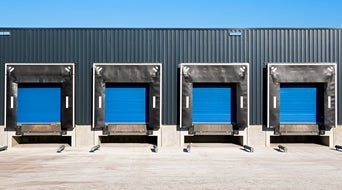
Common Freight Accessorial Charges
Check out our list of common accessorial fees. Understanding them can help you know what to expect and what to avoid.

Shipping Parcel & Freight With Worldwide Express
Learn how Worldwide Express can help you with profits and efficiency by utilizing both freight and parcel shipping.

Peak Season Freight Shipping Challenges for 2025
Learn about the top freight challenges disrupting peak season and how Worldwide Express can help shippers adapt.

Douglas Dynamics Plows Ahead
See how Douglas Dynamics improved heavy duty shipping with our LTL, truckload & tech solutions. Download the case study!
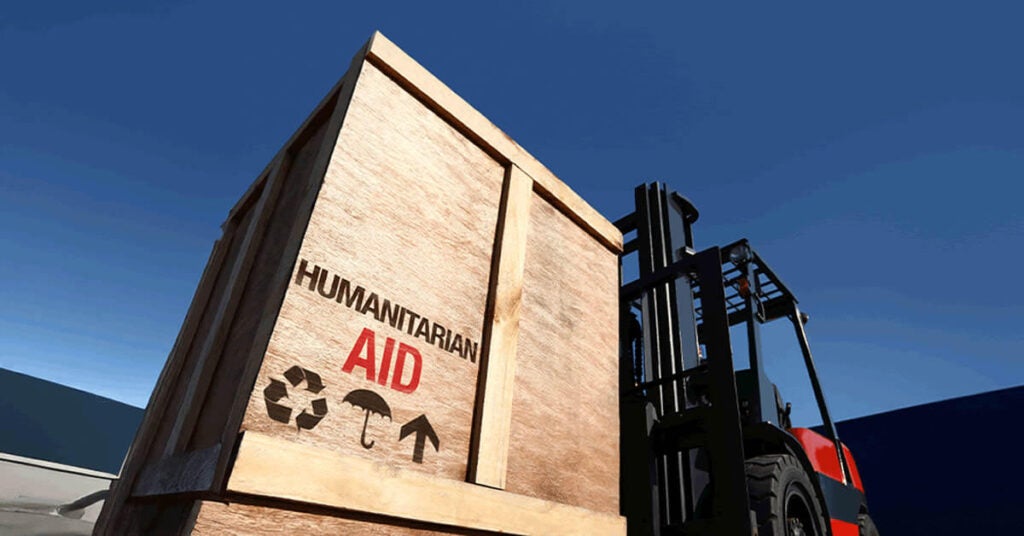
Greater Good Charities Gets Relief
WWEX Group empowered Greater Good Charities with scalable, cost-effective emergency logistics. Download the case study!
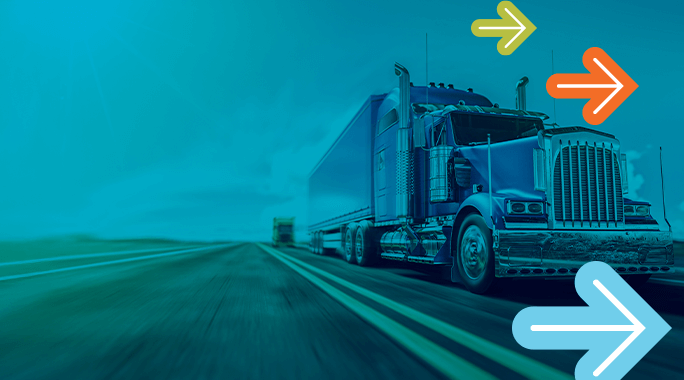
FAQs: A Guide To the NMFC Changes 2025
The NFMC freight changes are now in effect. Are you compliant? See how a 3PL like Worldwide Express can help!
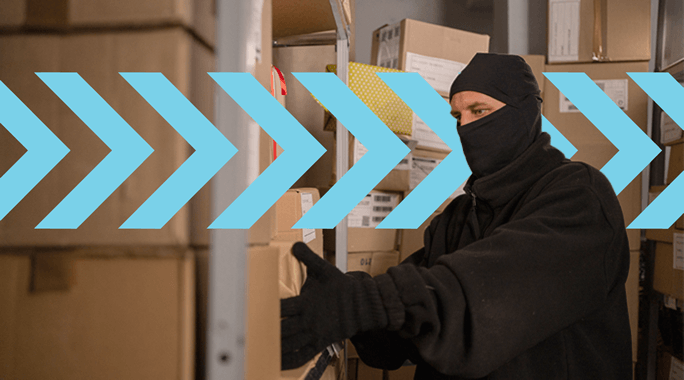
How a 3PL Can Help With Cargo Theft Prevention
Learn how a 3PL like Worldwide Express can create cargo theft prevention strategies to keep your freight safe!
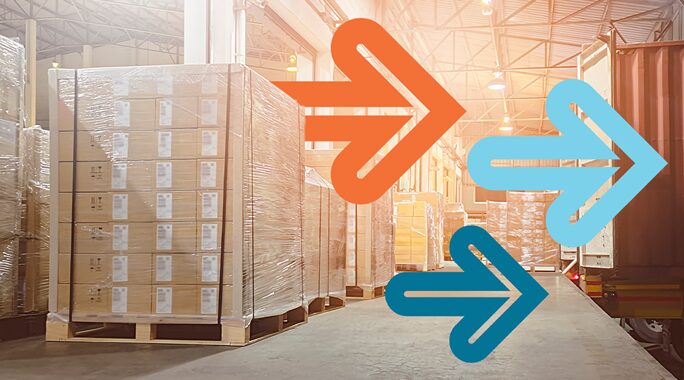
What is partial truckload (PTL) shipping?
Knowing when to use partial truckload (PTL) freight can be confusing. Check out our blog for expert tips!

Con Edison Powers Smart Meter Logistics
WWEX Group powered Con Edison’s smart meter rollout with tailored shipping solutions. Download the case study!

Your Guide to UPS Shipping Rates
Download this helpful guide as Worldwide Express outlines the most common accessorials that could affect your UPS shipping rates.

How To Start a Successful 3PL Relationship
It’s important to ask the right questions before starting a 3PL relationship. Read our blog to get tips and resources!
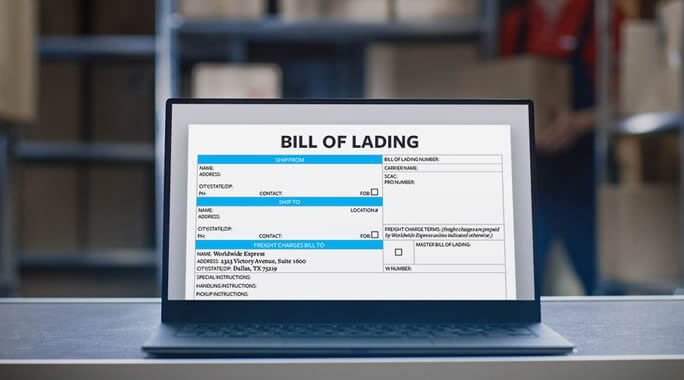
Bill of Lading for LTL and FTL Freight Shipping
Your bill of lading is an important document that gets your shipment where it needs to go. Learn more about your BOL!
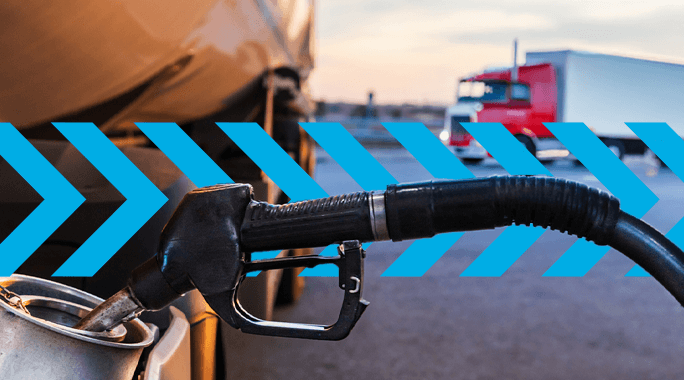
How To Forecast Freight Fuel Surcharges
Freight fuel surcharges can be unpredictable. Check out our blog for tips on to how forecast them and save money.

Your Guide To Expedited Freight Modes
When you need shipments moved fast, selecting a freight mode isn’t always easy. Worldwide Express can help!

Freight Documents Guide for Each Freight Mode
It can be difficult to understand what documents each freight mode requires. Our Freight Documentation Guide can help!
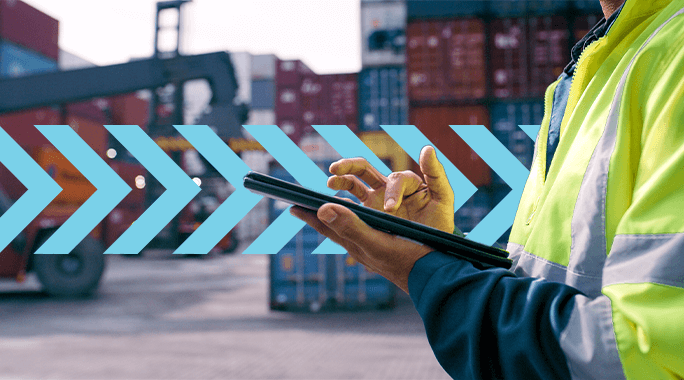
How a 3PL Strengthens Your Supply Chain Resilience
A resilient supply chain is crucial for all shippers. Learn how a 3PL can identify risks & assess opportunities for you!

Understanding Small Package Fuel Surcharges
Fuel surcharges can change daily, impacting the cost of shipping. There are ways to plan for them & we are here to help!
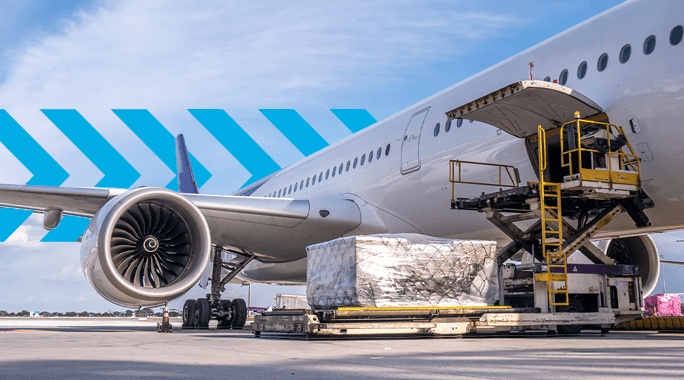
9 Tips To Offset the Impact of Tariffs
Tariffs can impact shipper profitability and logistics efficiency. Check out our tips and learn how a 3PL can help.

Develop a Logistics Strategy With Help From a 3PL
Developing a shipping strategy can help your business save money & increase efficiency. A 3PL can help you with a plan!
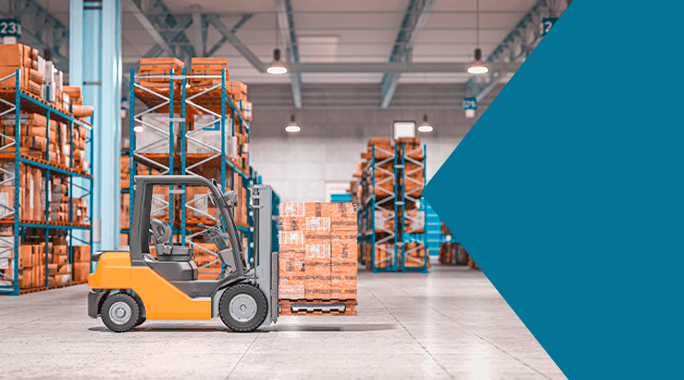
Choosing a 3PL Provider for Blind Shipping
Blind shipping can be a wise addition to your logistics. But it can be difficult to navigate. Learn how a 3PL can help!
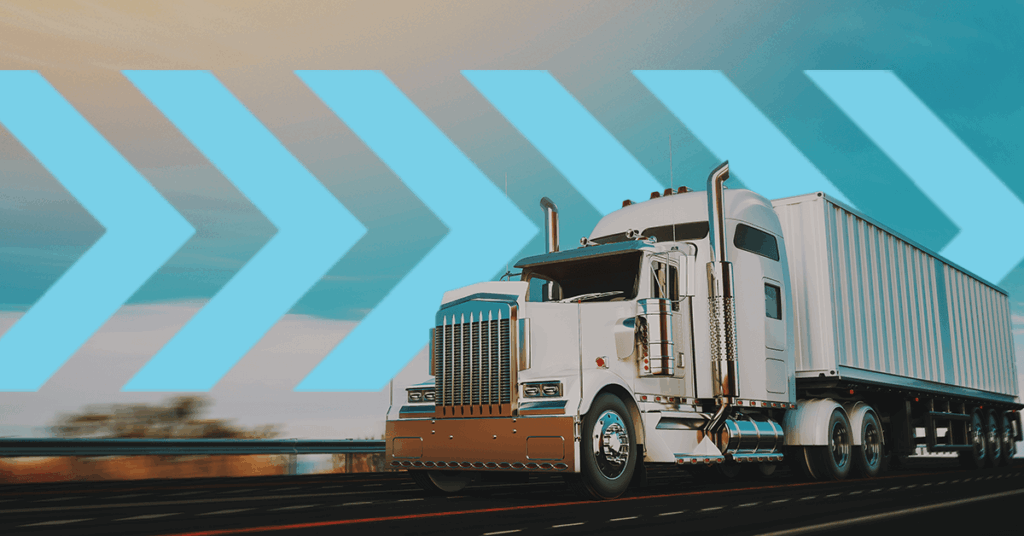
Freight Class Changes 2025: What You Need to Know
There will be major changes to how shippers class their freight in 2025. Get a look and learn how we can help.
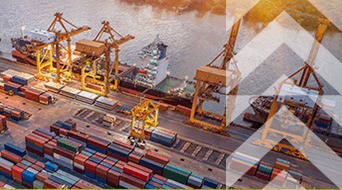
Intermodal vs. Multimodal Freight Shipping
Intermodal & multimodal shipping provide businesses with logistics solutions. But each has pros & cons. Learn more!

Blind Shipping: Solutions for Inventory Challenges
Blind shipping allows products to be shipped directly from supplier to customer, helping with inventory. Learn more!
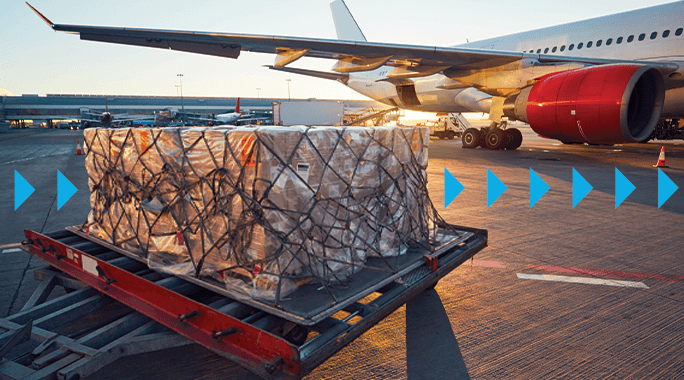
Who pays tariffs on imports & what are tariffs?
Tariffs impact global trade, driving up costs and disrupting supply chains. Learn how to reduce risks due to tariffs.

Freight Broker vs. Freight Forwarder vs. 3PL
Freight brokers, freight forwarders and 3PLs are different. Learn how each is unique, and which one is right for you.

White-Glove Shipping for Valuable Freight
Need careful handling for valuable shipments? Learn about white-glove shipping for specialized care.

